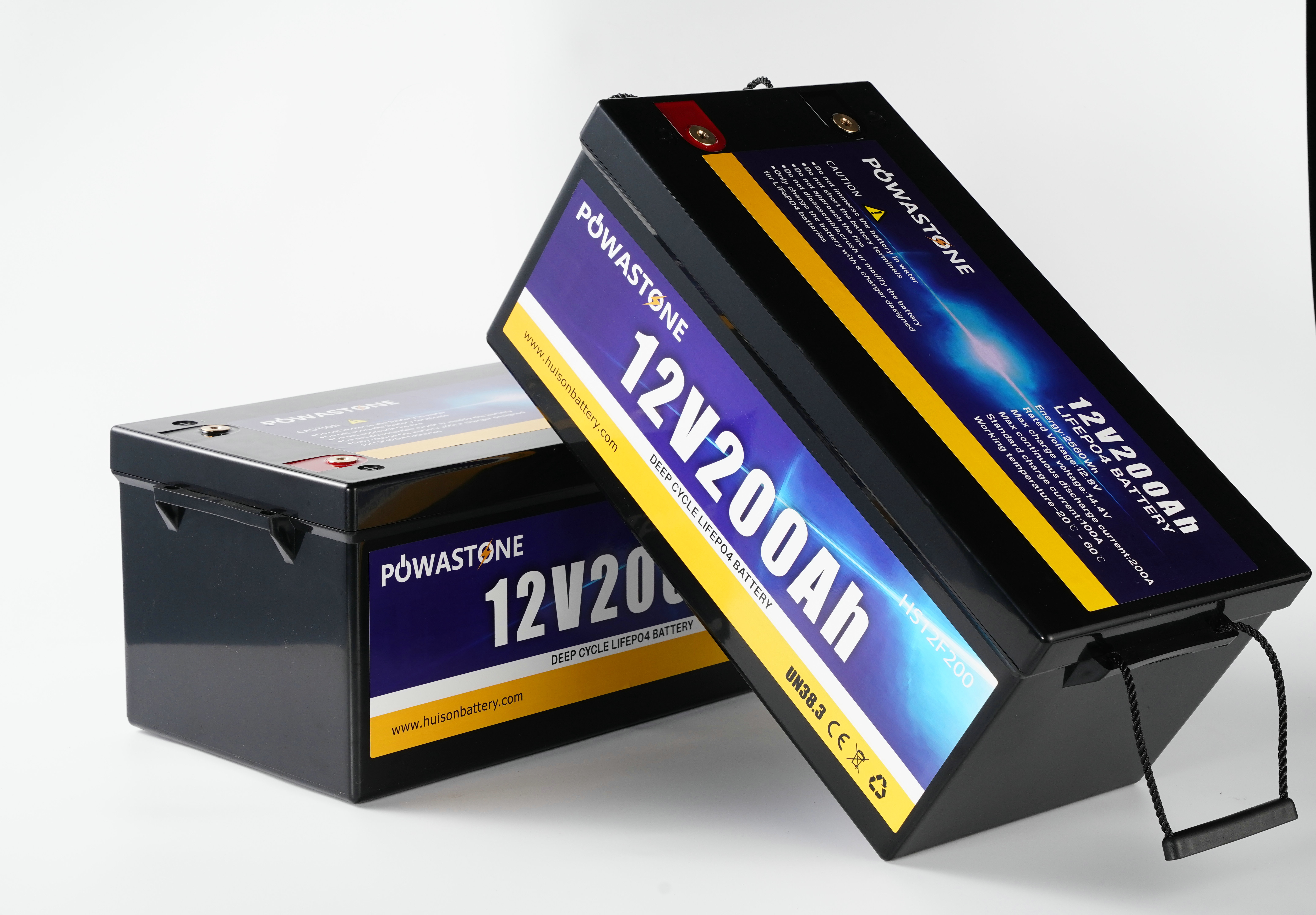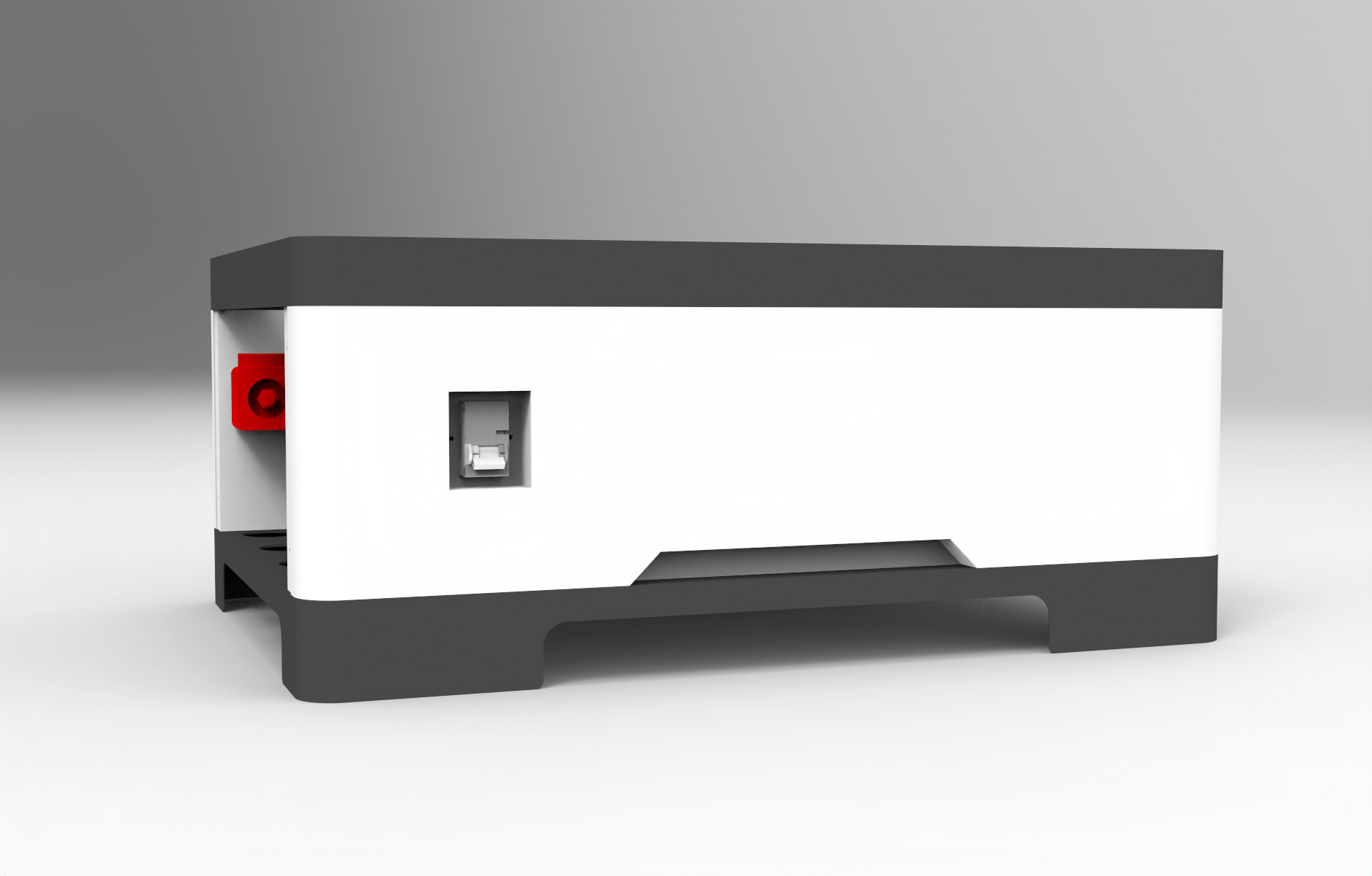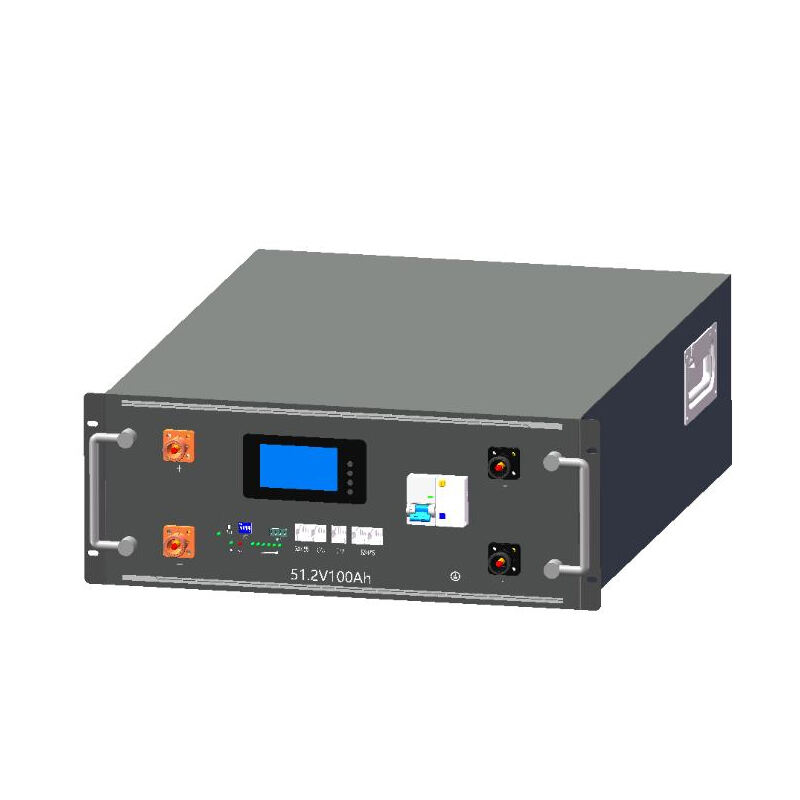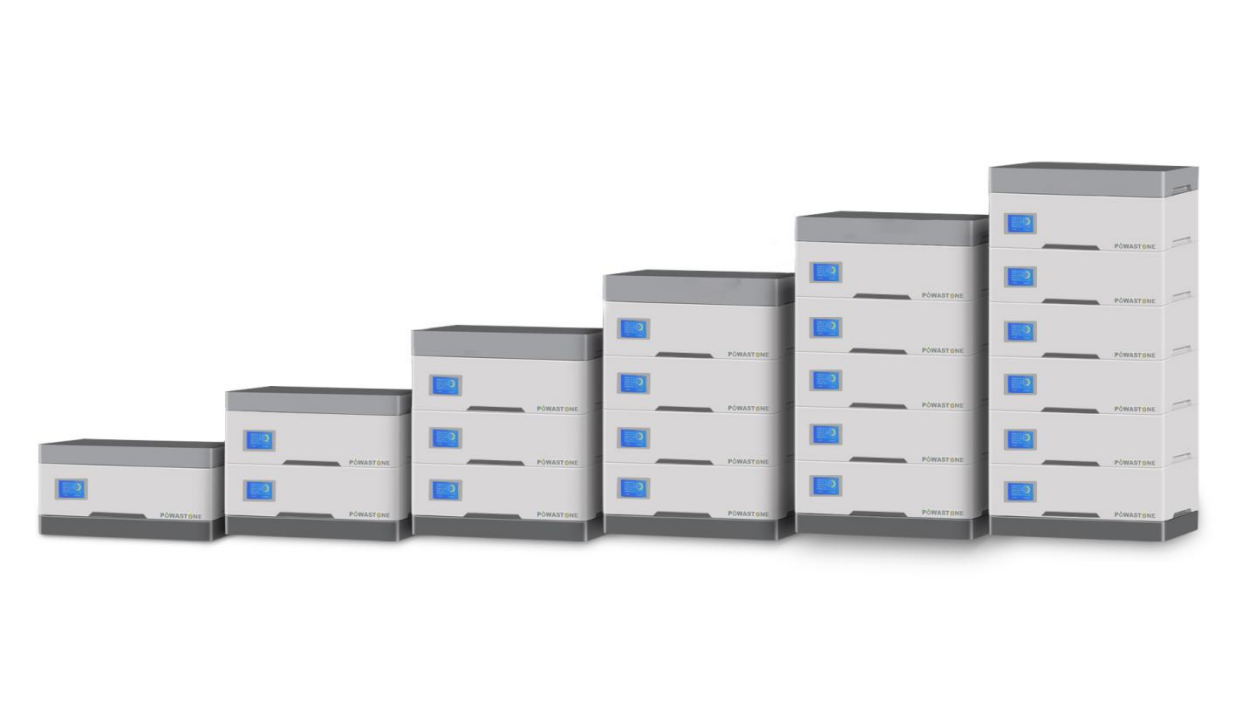Can 48v lithium ion battery be used in telecom systems?
Why Telecom Systems Are Transitioning to 48V Lithium Ion Battery Technology
Growing Adoption of 48V Lithium Ion Battery in Modern Telecom Networks
Across the world, telecom companies are moving away from older battery tech toward 48V lithium ion systems as they try to keep up with what 5G networks and edge computing need in terms of power. The newer batteries cut down on wasted energy somewhere around 30 to 40 percent when compared to those old 12V or 24V configurations. They also fit right into the International Telecommunication Union's DC48V guidelines for all sorts of network gear. Looking at numbers from a recent industry analysis in 2024, it turns out that nearly three quarters (about 72%) of fresh telecom installations these days go for lithium-ion instead of lead-acid batteries. Why? Because they scale better and work well alongside solar-diesel hybrid power solutions which many operators find increasingly attractive.
Increasing Demand for Efficient Energy Storage Systems (ESS) in Telecom Infrastructure
Telecom sites today need reliable energy storage options that keep systems running while still being cost effective. The 48V lithium ion battery stands out compared to traditional lead acid models, packing around two to three times more energy into roughly the same space. This means these batteries take up about 60% less room overall, which makes them perfect for those tight spaces in city environments where small cells are getting deployed everywhere. Looking at what the numbers say, the market for these 48V telecom batteries is expected to hit over 340 billion dollars by 2032 according to Market.US data from last year. A big reason behind this growth? Lithium just works better for backup power situations with its impressive 95% round trip efficiency rate.
Need for Reliable Backup Power Driving Shift From Legacy Systems
Lead-acid batteries, once the backbone of telecom power, face growing limitations including frequent maintenance and poor performance in extreme temperatures (-20°C to 60°C). Key disadvantages accelerating their phase-out include:
- 48% shorter lifespan: 2–4 years vs. 8–10 years for lithium-ion
- 3x higher replacement costs over a decade (Ponemon Institute 2023)
- Depth of discharge (DoD) capped at 80%, compared to 90–95% for lithium
With network downtime costing an average of $740k per incident in 2023, operators are prioritizing reliable lithium-based systems. This transition supports ITU-T L.1200 standards for next-generation telecom power resilience.
Technical Compatibility: Integrating 48V Lithium Ion Battery with Telecom Power Systems
Voltage Standards and Compatibility of 48V Lithium-Ion Battery with Telecom Equipment
Most modern telecom systems run on 48V DC power right out of the box, which works really well with 48V lithium-ion batteries. According to some industry research from last year, about 92 percent of cell towers don't need any kind of voltage conversion when switching over to lithium-ion tech. That means they skip all those losses that happen with old school lead acid batteries. The way these systems connect directly together keeps the voltage pretty steady within about plus or minus 2%, something that matters a lot for keeping network equipment running properly without unexpected failures.
Seamless Integration Through Proper Voltage Regulation and System Design
Successful integration requires smart DC/DC converters and modular busbar designs capable of handling peak loads up to 150A. Best practices include:
- Temperature-compensated charging to prevent under/overvoltage
- Multi-stage current limiting for surge protection
- CAN bus communication for real-time monitoring
These measures ensure transition times of less than 50ms during grid outages, meeting ETSI EN 300 132-3 standards for telecom power continuity.
Meeting Telecom Backup Power Requirements with Lithium-Ion Compliance
48V lithium-ion batteries achieve 95% round-trip efficiency, significantly outperforming VRLA alternatives at 80%. At equivalent capacities, this extends backup duration by 40%. Their flat discharge curve sustains output within 48V±1% until reaching 90% depth of discharge, unlike lead-acid batteries, which experience a 15% voltage drop at just 50% DoD.
Role of Battery Management System (BMS) in Ensuring Safety and Performance
Advanced BMS technology is critical for safety and longevity, preventing thermal runaway through:
- Cell-level voltage balancing with ±20mV accuracy
- Temperature sensors placed every 5°C across battery packs
- Predictive algorithms that detect 89% of potential failures more than 48 hours in advance
Industry research shows BMS-equipped lithium systems achieve 99.995% uptime in telecom applications—35% higher than traditional solutions.
Advantages of 48V Lithium Ion Battery in Telecom Applications
Higher Energy Density, Efficiency, and Longer Lifespan Compared to Traditional Batteries
48V lithium-ion batteries provide 40–60% higher energy density than lead-acid equivalents, allowing more power storage in constrained spaces. LiFePO4 chemistry enables service lives of 8–10+ years and retains 80% capacity after 5,000+ charge cycles. This durability reduces replacement frequency and ensures consistent voltage delivery for critical telecom equipment.
Key Benefits of 48V Lithium Over Lead-Acid Batteries in Telecom Use
Lithium-ion technology addresses major drawbacks of lead-acid systems:
- Temperature resilience: Operates reliably from -20°C to 60°C, compared to lead-acid’s narrower -15°C to 45°C range
- Zero maintenance: No watering or equalization charges required
- Weight reduction: Up to 70% lighter per kWh, lowering structural support costs
These advantages enhance deployment flexibility and reduce lifecycle risks.
Total Cost of Ownership: Lower Maintenance and Long-Term Savings With Lithium-Ion
Despite 1.5–2x higher initial costs, lithium-ion delivers 30–50% lower total cost of ownership over 10 years. Savings stem from reduced maintenance, fewer replacements (2–3 cycles vs. 4–5 for lead-acid), and superior energy efficiency (95% vs. 80–85%). Operators report up to 40% fewer battery replacements within the first eight years of deployment.
Compact Design and Scalability for Diverse Telecom Environments
Modular 48V lithium packs (100Ah–300Ah) simplify installation in space-limited environments such as urban microcells or remote towers. Stackable configurations allow incremental capacity expansion without infrastructure overhaul—offering unmatched scalability compared to rigid lead-acid banks.
Real-World Deployment of 48V Lithium Ion Battery in Telecom Networks
Use of 48V 100Ah Lithium-Ion Battery in Telecom Base Stations
Telecom base stations across the country are increasingly adopting the 48V 100Ah lithium-ion setup these days. These batteries typically last between 8 to maybe 12 hours as backup power, all while taking up around 40 percent less room compared to those old lead-acid models according to Ponemon's research from 2023. The modular design makes swapping out batteries super quick too, which cuts down on downtime caused by power outages somewhere in the ballpark of 70%. What's really interesting though is how well they work with renewable energy options. Many operators have started pairing them with solar panels for their sites, whether those locations are connected to the main grid or completely standalone in remote areas where traditional power isn't available.
Indoor vs. Outdoor Deployment Considerations for 48V Lithium Batteries
Environmental conditions dictate optimal placement strategies:
| Deployment Type | Key Requirements | Performance Metrics |
|---|---|---|
| Indoor | Rack-mountable design | -4°F to 131°F operating range |
| Outdoor | IP30+ rating, corrosion resistance | 95% efficiency at 104°F |
Outdoor units must withstand dust, moisture, and temperature extremes, while indoor systems emphasize compactness and thermal management.
Power Solutions for Remote and Off-Grid Telecom Sites Using 48V Lithium-Ion Systems
Remote telecom sites are increasingly running on hybrid 48V lithium-ion battery systems combined with solar arrays, giving them around 72+ hours of backup power when the grid goes down. According to field research from several operators, this combo cuts diesel generator fuel consumption roughly in half at high altitude locations, all while keeping network availability above 99.8%. What makes these systems stand out is their modular design. Tech teams can just add more modules as needed without tearing everything apart. This flexibility matters a lot in places where internet access is still catching up, especially across rural areas in developing countries where infrastructure grows incrementally rather than all at once.
Future Trends and Strategic Selection of 48V Lithium Ion Battery for Telecom
Integration with Renewable Energy and Hybrid Power Systems for Sustainable Operations
Many telecom companies are now turning to mixed power setups that bring together 48 volt lithium ion batteries along with solar panels for energy input. According to research from Ponemon back in 2023, these kinds of systems can actually reduce carbon footprints by around 35 percent when compared against traditional diesel generators. Modern day lithium batteries boast impressive specs too, often lasting through over 4,000 charge cycles even at 80 percent depth of discharge. This kind of durability makes them ideal for remote cell towers where solar integration is happening across the globe. Not only does this help meet environmental goals, but it also creates much needed backup power solutions in areas without reliable grid connections.
Innovations in Form Factor and Scalability for Next-Generation Telecom Networks
Recent advancements focus on compact, modular 48V lithium designs with 25% smaller footprints than lead-acid equivalents. Scalable stackable units allow storage capacity to grow by up to 300% without infrastructure changes. Emerging models feature enhanced thermal management, enabling operation in extreme climates down to -40°C.
Key Selection Criteria: Capacity, BMS, Safety Features, and Manufacturer Reliability
To ensure long-term performance, operators should evaluate:
- Cycle life (>3,000 cycles at 80% DoD) and energy density (>140 Wh/kg)
- BMS capabilities including cell balancing, temperature monitoring, and surge protection
- Compliance with safety standards such as UL 1973 and IEC 62619
- Manufacturers with proven 8+ years of field data in telecom environments
Balancing Upfront Cost with Long-Term Operational Benefits
Although 48V lithium batteries carry a 30–50% higher upfront cost, they deliver 55% lower total cost of ownership (TCO) over five years due to:
- 80% reduced maintenance
- 70% longer service life
- No degradation from partial charging
Operators investing strategically in lithium technology future-proof their networks against evolving power demands while ensuring continuous service availability.
FAQ Section
Why are telecom companies switching to 48V lithium-ion batteries?
Telecom companies are transitioning to 48V lithium-ion batteries because they offer higher efficiency, better scalability, reduced energy wastage, and compliance with International Telecommunication Union's guidelines. They work well with hybrid solar-diesel systems, reducing operational costs.
What are the advantages of 48V lithium-ion batteries over lead-acid batteries?
48V lithium-ion batteries provide higher energy density, longer lifespan, and greater efficiency. They require less maintenance, are more temperature resilient, and offer significant weight and space savings compared to lead-acid batteries.
How does the battery management system (BMS) improve lithium-ion battery performance?
The BMS ensures battery safety and performance by balancing cell voltage, monitoring temperatures, and using predictive algorithms to detect potential failures. This technology contributes to higher uptime and reliability in telecom applications.
Can 48V lithium-ion batteries be used in both indoor and outdoor telecom sites?
Yes, 48V lithium-ion batteries are suitable for both indoor and outdoor deployments. Indoor systems focus on compactness and thermal management, while outdoor units are designed to withstand environmental challenges like dust, moisture, and temperature extremes.
Are 48V lithium-ion batteries cost-effective despite their higher initial cost?
Despite the higher upfront cost, 48V lithium-ion batteries reduce total cost of ownership by offering lower maintenance costs, longer service life, and better energy efficiency, ultimately leading to significant long-term savings.
How do 48V lithium-ion batteries integrate with renewable energy sources?
These batteries can be combined with solar panels and other renewable energy inputs to create sustainable power solutions. This helps reduce carbon footprints and ensures reliable power in off-grid or remote telecom sites.















